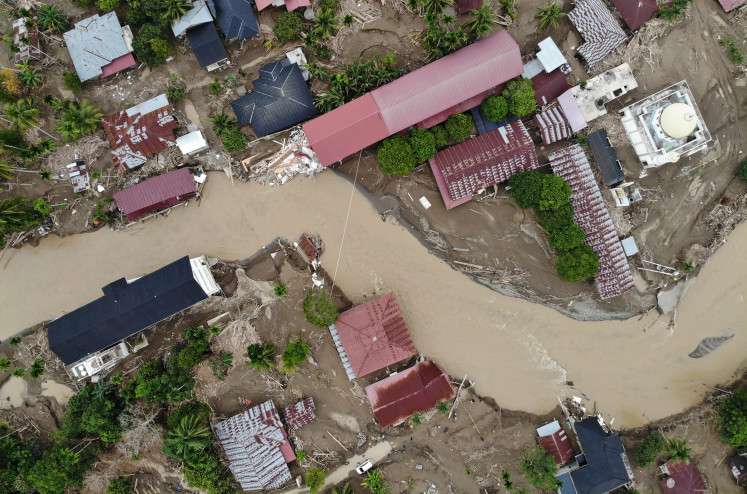Popular Reads
Top Results
Can't find what you're looking for?
View all search resultsPopular Reads
Top Results
Can't find what you're looking for?
View all search resultsQuo vadis Bank Indonesia's policy communication?
In the conceptual perspective, central bank communication is right at the heart of monetary policy, as cited by Mario Draghi, former president of the European Central Bank.
Change text size
Gift Premium Articles
to Anyone
T
he results of Bank Indonesia’s (BI) board of governors meeting from Nov. 20 to 21, seemingly leave a little bit of contradiction.
On the one hand, BI decided, starting Jan. 2, 2020, to ease the reserve requirement to promote liquidity in the money market. In BI’s point of view, the availability of liquidity is required for the banking industry to conduct financial intermediary functions. The increase in bank loan capacity, in turn, will preserve the momentum of domestic economic growth amid the global economic downturn.
On the other hand, BI at the same time issued a projection of bank loan growth. The bank loan growth target throughout this year was cut to 8 percent, while the figure for next year is slightly higher. This means that BI does not anticipate any dramatic increase in the demand for loans.
As a result, the release of reserve requirement easing and at the same moment the downward revision of bank loan growth potentially raises confusion.
First, market participants may be herded to be more realistic about the unfavorable economic conditions. In essence, bank loan growth is considered to follow economic movements. Consequently, bank lending cannot be forced to grow faster anymore.
Second, BI in contrast would like to send a signal of optimism. The distribution of bank loans to the productive economic sectors is needed to maintain economic growth. If this assumption holds, the causality runs from bank loan to economic performance. In this case, the reserve requirement relaxation is an early anticipation.
The two possible interpretations above are right for their own reasons. Generated by nonuniform perception, the interpretations would be different, or even contradicting each other.


















